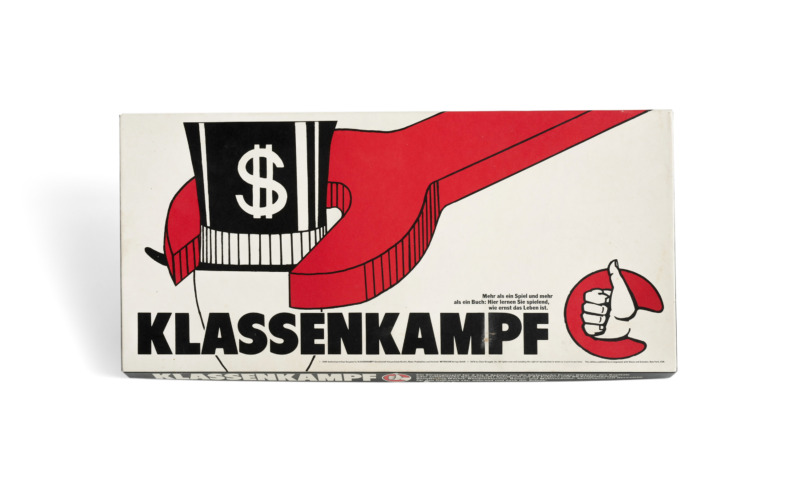This grey fabric tape is a universal everyday tool known as gaffer/gaffa tape or duct tape.
Less well known is that some trans*people use it to align their appearance with their perceived gender. For example, duct tape helps trans*men to have a flat upper body. This is called “binding”. Some trans*women and also drag queens tape their genitals between their thighs in a process called “tucking”.
“Binding” and “tucking” are a common practice but can be painful. The use of fabric tape marks a temporary transition. In the long run, many then turn to professional products such as tight-fitting briefs or binders. In the trans*community, cloth tape is symbolic of a process of self-empowerment.
The duct tape can be seen in the museum’s permanent exhibition and is part of a special route on the topic of “gender” in the museum app of the Werkbundarchiv – Museum der Dinge. Every year in May, Queer History Month takes place in Berlin, a cooperation project that aims to promote the treatment of historical as well as contemporary queer topics in educational work.
The tape is called Panzertape (armoured tape) because it is also used by the German armed forces due to its durability, Gaffer/Gaffa Tape is derived from the English word gaffer for lighting technician because it is used in stage technology and Duct Tape is called Duct Tape because it is used to seal heating pipes.

